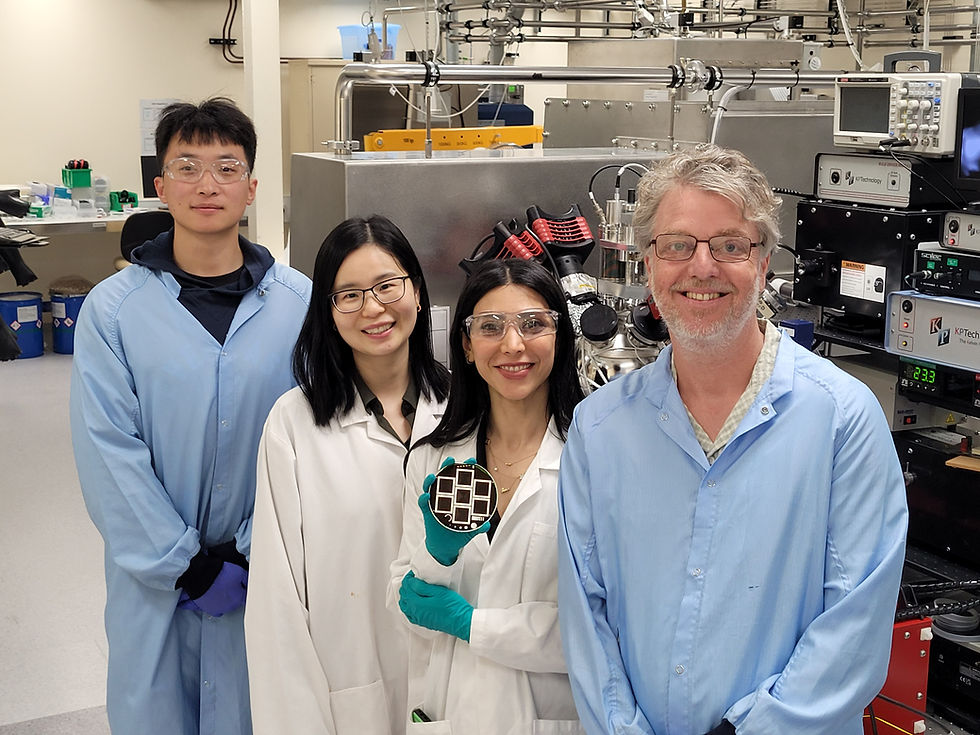New ACAP and UNSW research uncovers impact of soldering flux on degradation of HJT and TOPCon cells
- alisonpotter2
- Feb 10
- 1 min read
UNSW researchers have investigated the role of soldering flux on the stability of heterojunction (HJT) and TOPCon solar cells under dry heat conditions, with important implications for manufacturers.
UNSW Professor Bram Hoex listed the key findings of the work:
TOPCon solar cells remained stable under dry heat, suggesting their front contacts are resilient against flux-induced degradation.
HJT solar cells showed severe efficiency losses (~61%) due to increased series resistance, driven by metal contact corrosion and ITO layer degradation.
Certain halogen-containing fluxes exacerbated these effects, highlighting the importance of flux selection in solar cell manufacturing.
With HJT and TOPCon technologies leading the photovoltaic market, ensuring their long-term reliability is critical. Professor Hoex says the research underscores the need for rigorous flux testing – beyond manufacturer datasheets – to prevent unexpected module degradation.
The team are interested in hearing from others working on PV reliability, encapsulation materials, or advanced solar cell designs to discuss how to improve manufacturing practices to enhance module longevity, lowering the overall cost of electricity.
The first author of this work was Haoran Wang, supported by Chandany Sen, Jiexy Fu, Muhammad Umair Khan, Gavin Conibeer, Bram Hoex from UNSW and our industry partner Canadian Solar Inc.

Read the paper here: https://onlinelibrary.wiley.com/doi/10.1002/pip.3896




Comments